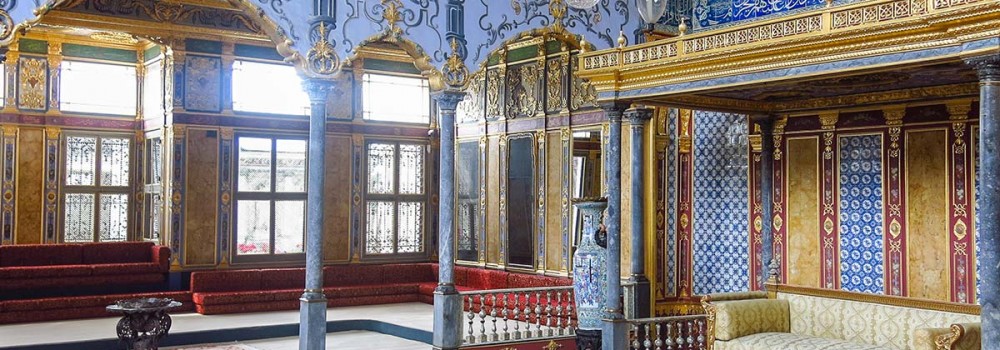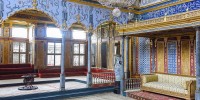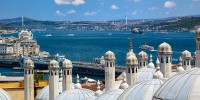
Undoubtedly, Topkapi Palace is one of the most magnificent and popular places to visit in Istanbul. The palace was built between 1466-1478 by Sultan II. It was built by Mehmet on a small peninsula, on a hill. Topkapi Palace is one of the must-see places with its architectural structures and different features that will surprise you when you hear about it. Let's take a closer look at Topkapi Palace, which has not lost its importance since the date it was built.
Topkapi Palace, whose construction was completed in 1478, is considered to be the oldest and largest palace in the world, which has survived to the present day, due to its 700,000 square meter area.
Topkapı Palace, where sultans lived for approximately 400 years, managed to host 4,000 people from time to time.
When you enter the harem, the writings on the wall will attract your attention. As it is normally known, women in the harem are known for being tight-lipped and never revealing what is inside the harem. But what is written on the walls shows that sometimes they have turned their conflicts, intrigues and injustices into writing.
Having an extraordinary architecture and witnessing history, Topkapı Palace has been on the UNESCO World Heritage List since 1985.
The palace, which only has 400 rooms in its harem; It also includes structures such as madrasah, mosque, parliament and mint. Because of all these features, the interest of foreign tourists is increasing day by day.
One of the most eye-catching pieces exhibited at Topkapı Palace, the Spoonmaker's Diamond weighs 86 carats and is currently listed among the 22 most famous diamonds in the world.
In 1729, the Tulip Era Sultan Ahmet III had a magnificent fountain built with 5 domes, reflecting the Turkish rococo architecture, just outside Topkapı. Ahmet Fountain, which has become one of the most important architectural works of the Tulip Era, was served with sherbet instead of water from the 3 windows in its corners and the fountains under these windows when it was built. 3. This fountain, which Ahmet had built for his mother, remained standing despite being dethroned.
When the dusty pages of history were opened, close to 4000 people lived in the palace when it was the most crowded.
It is the most important and most prestigious of the 6 wards in Enderun in the palace organization of the Ottoman Empire. Today, the Has Room (Hırka-i Saadet Office) is used as an exhibition hall for sacred relics, and most of these relics are items and objects of very high Islamic value that Yavuz Sultan Selim brought to Istanbul after the conquest of Egypt.







